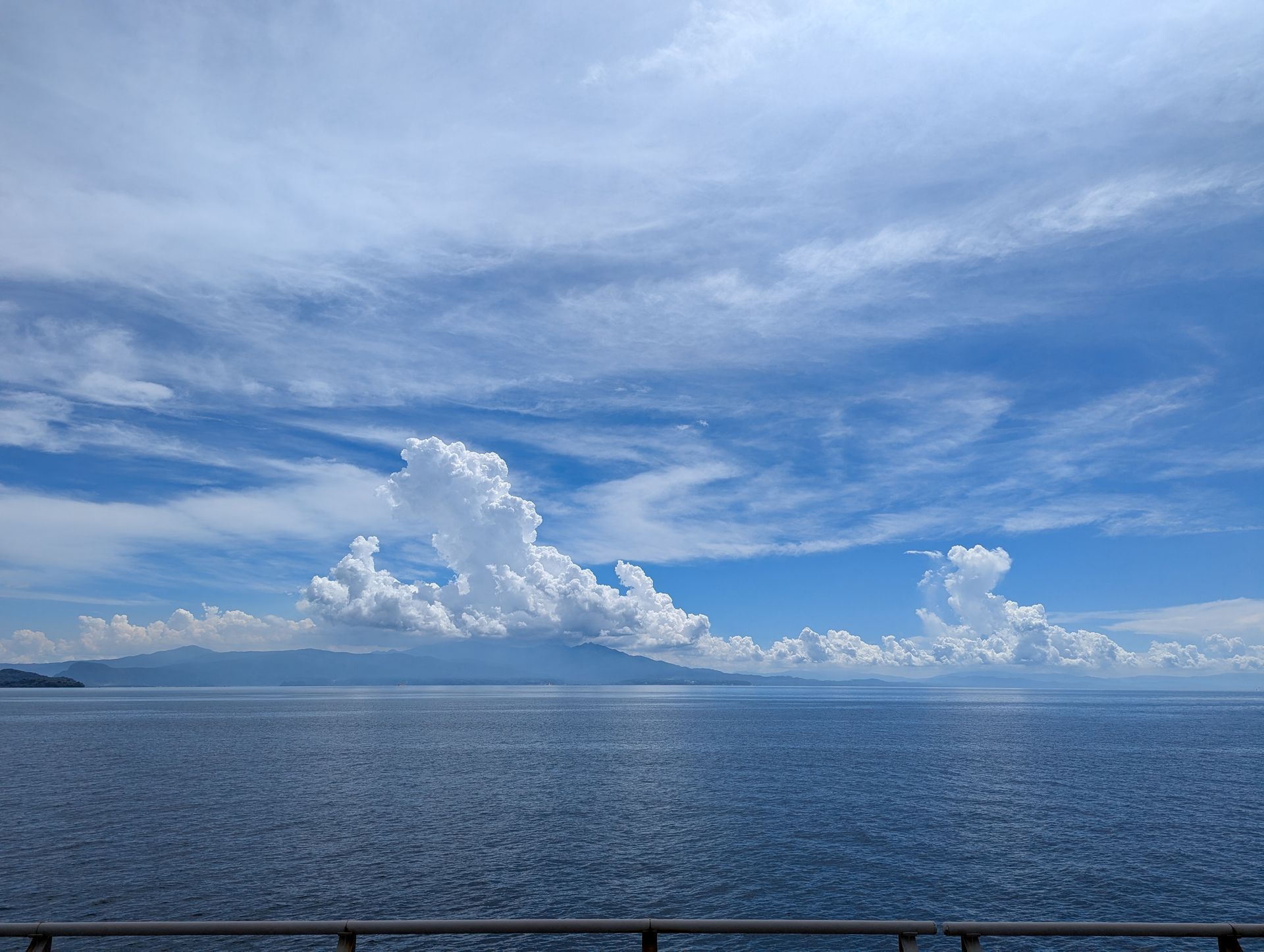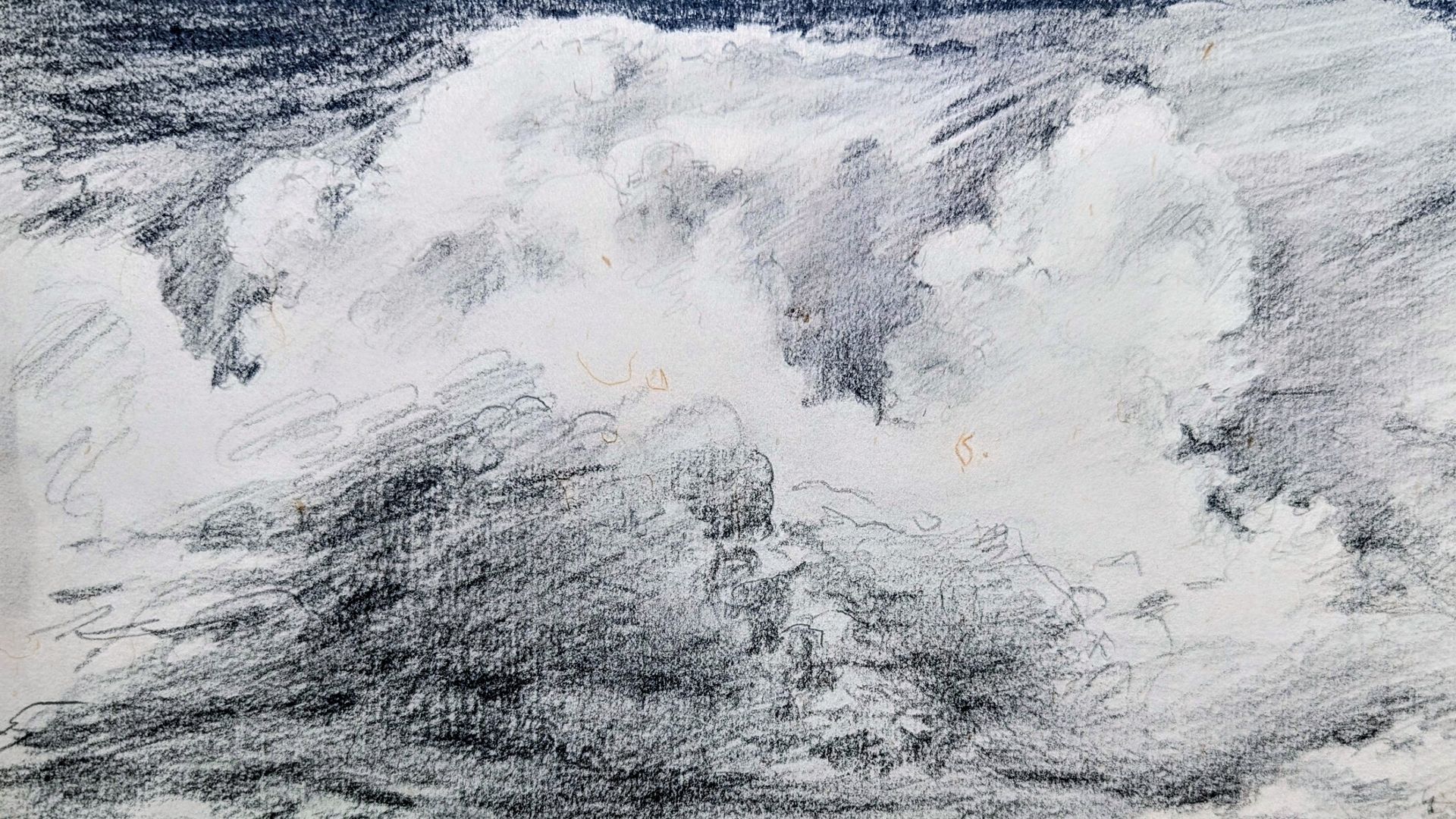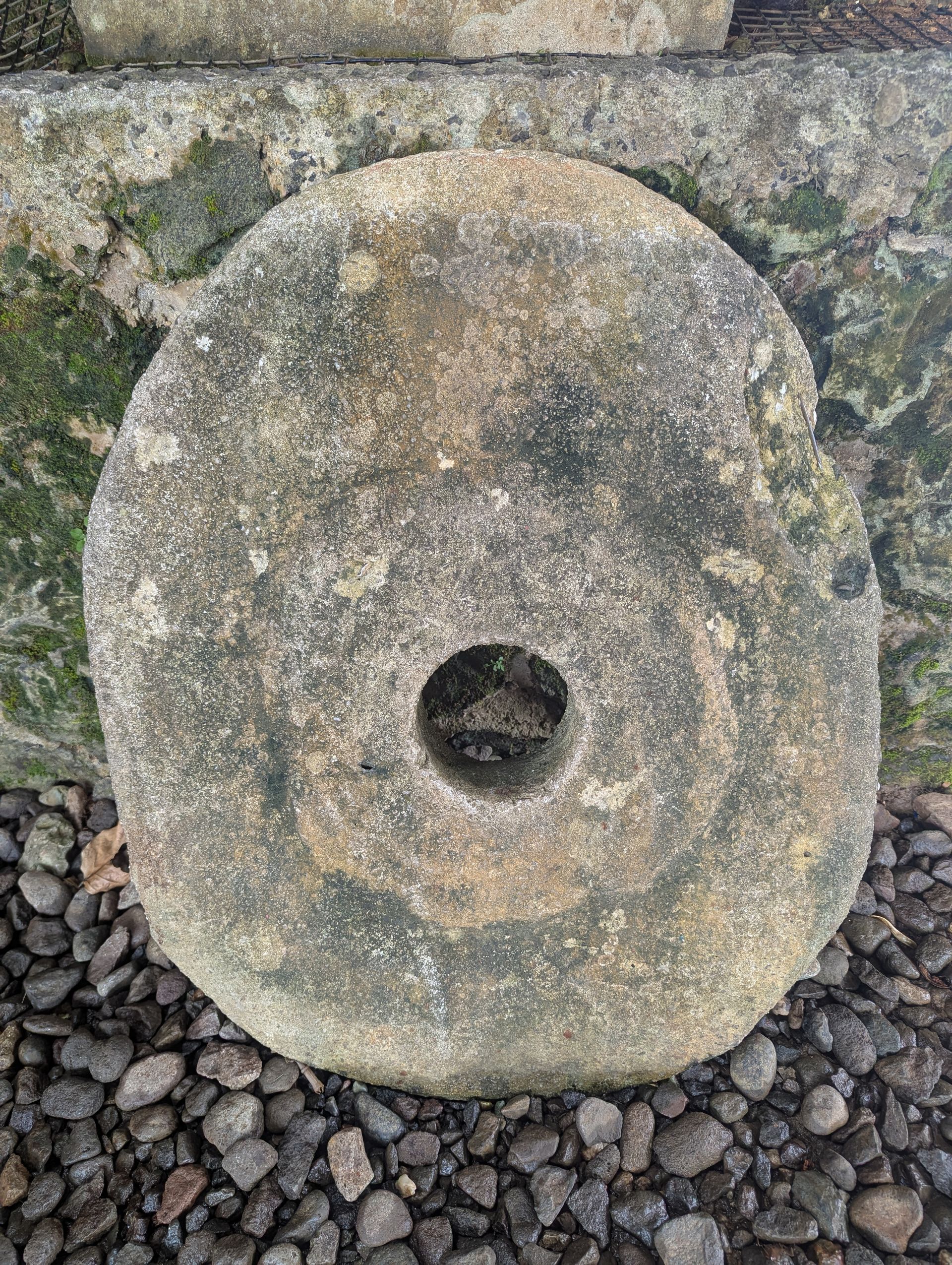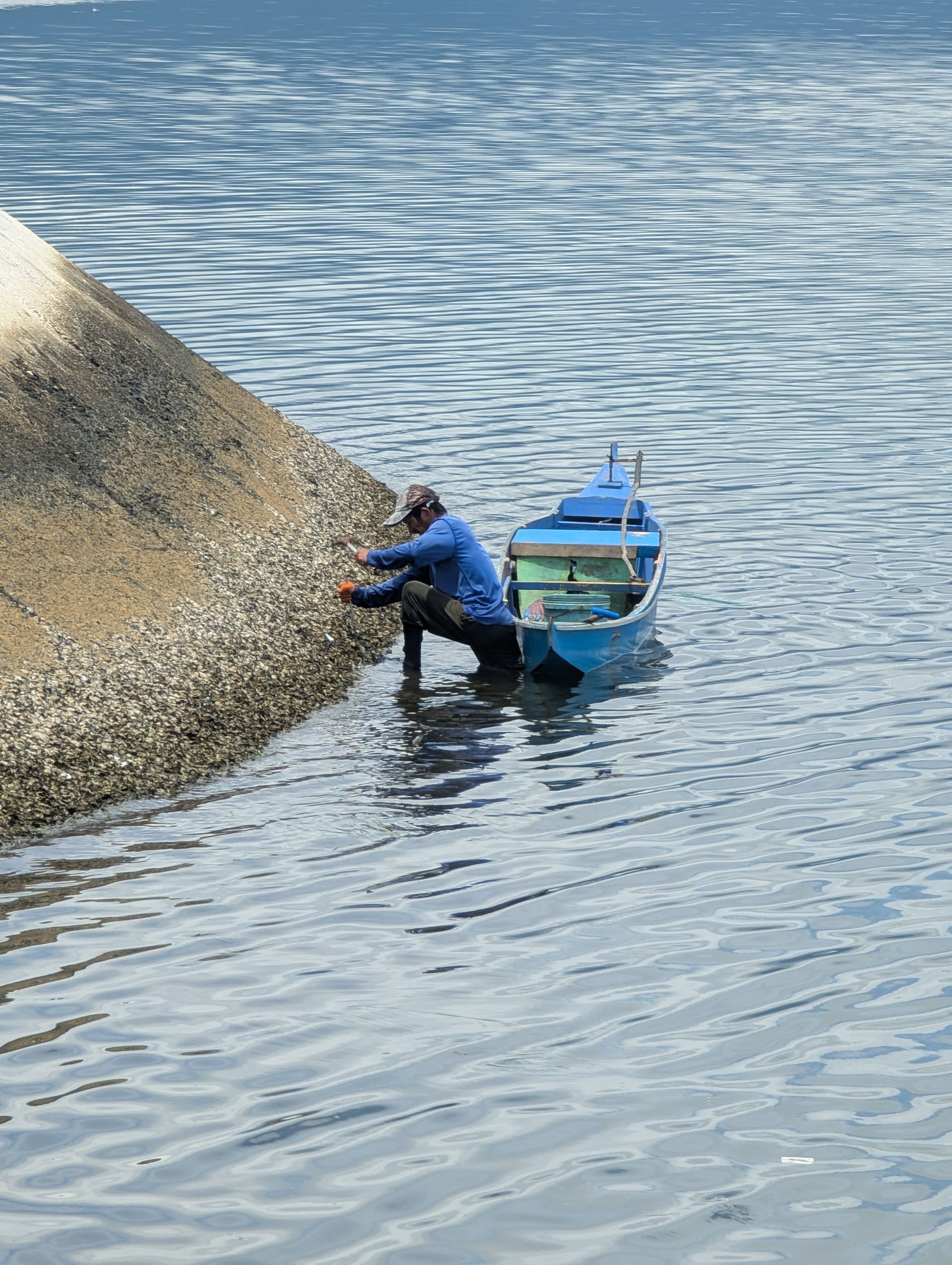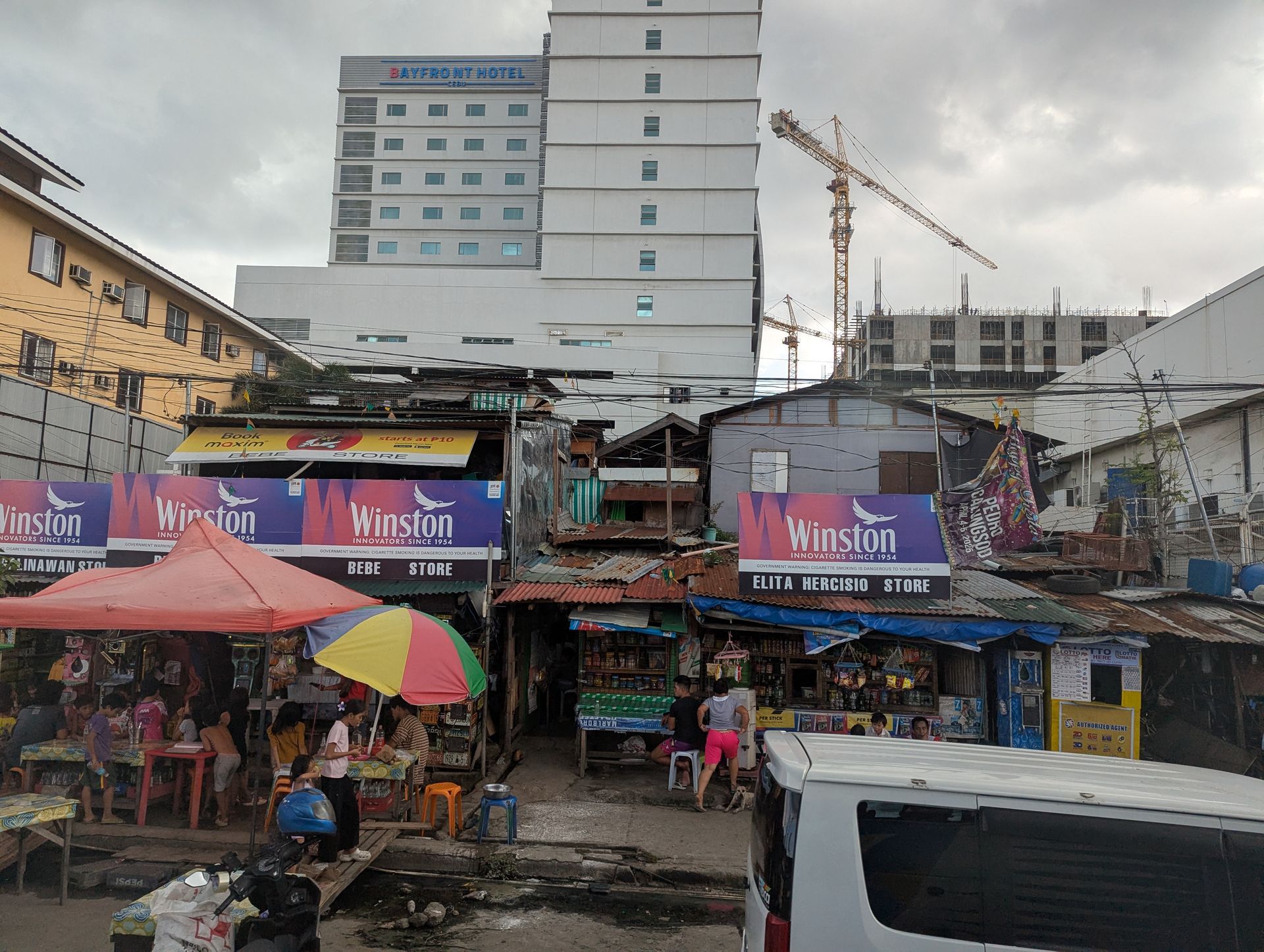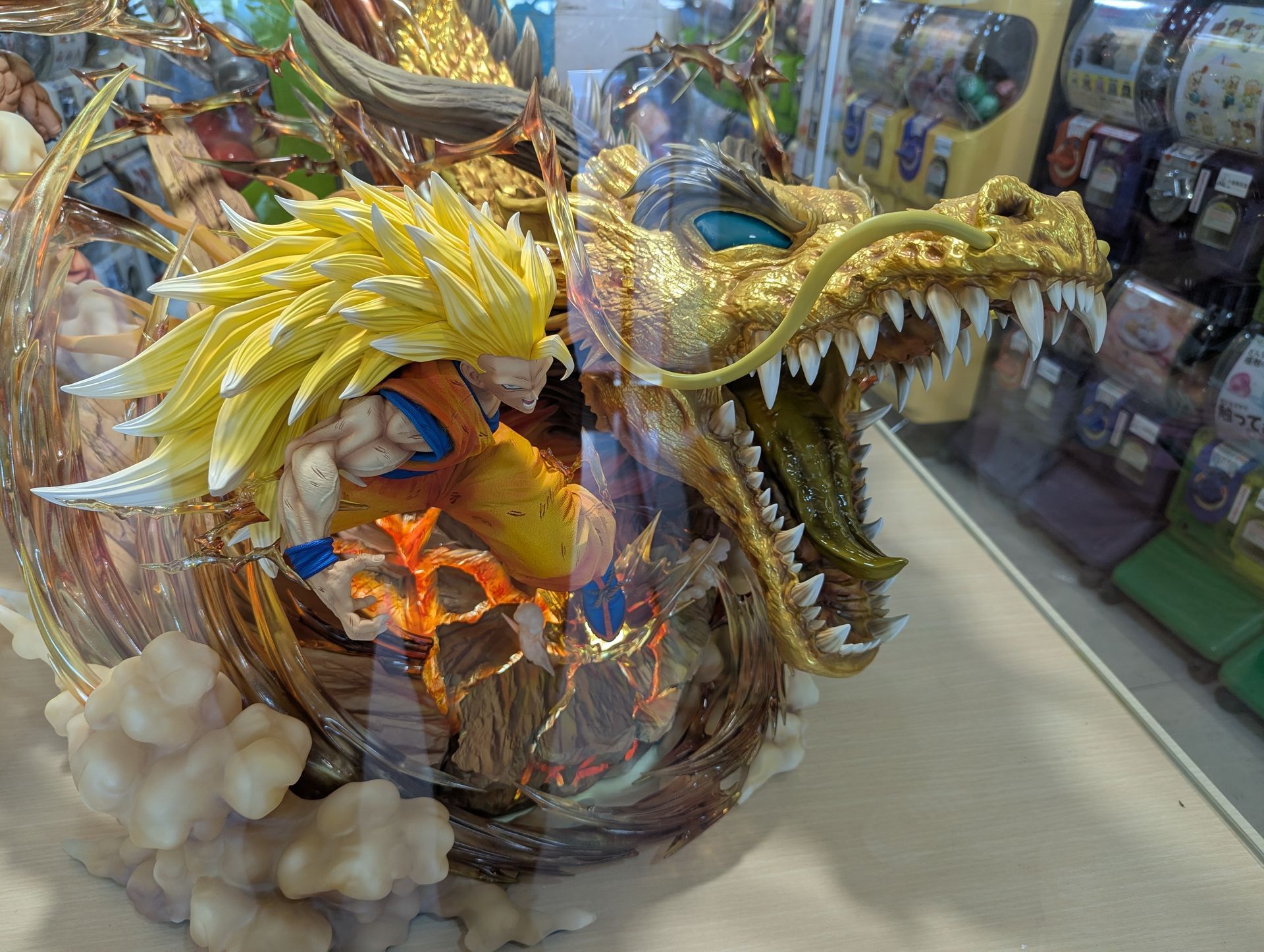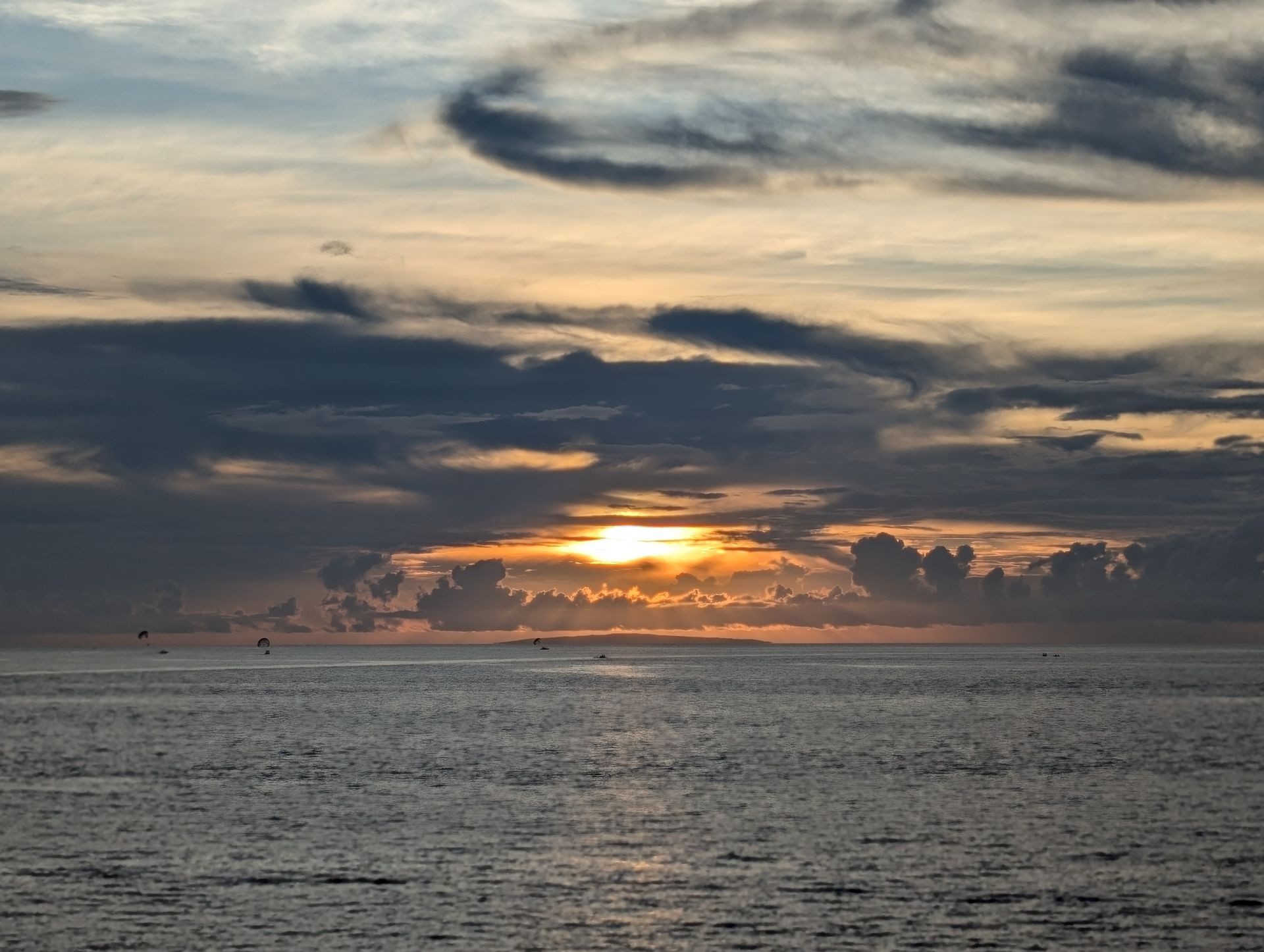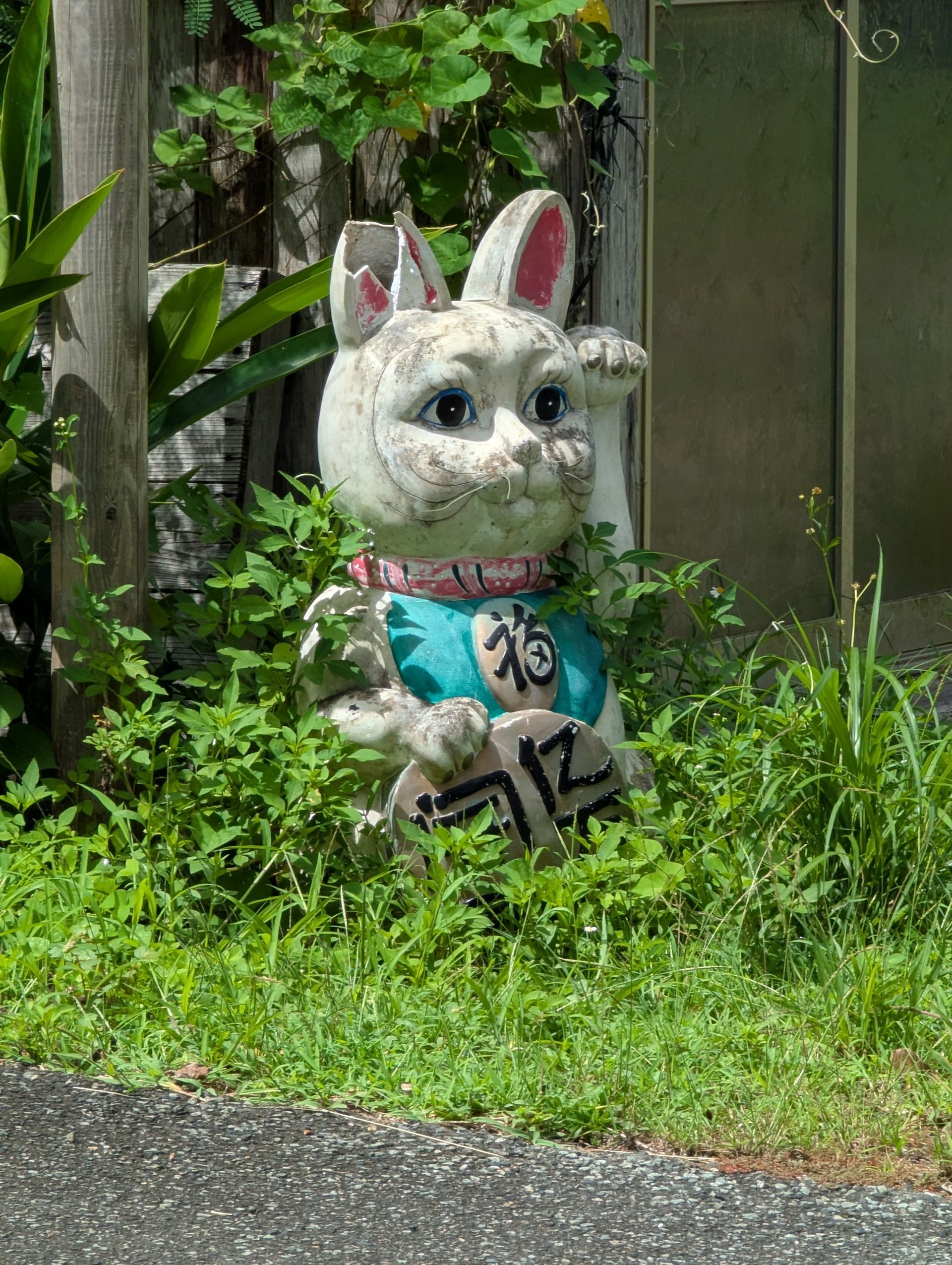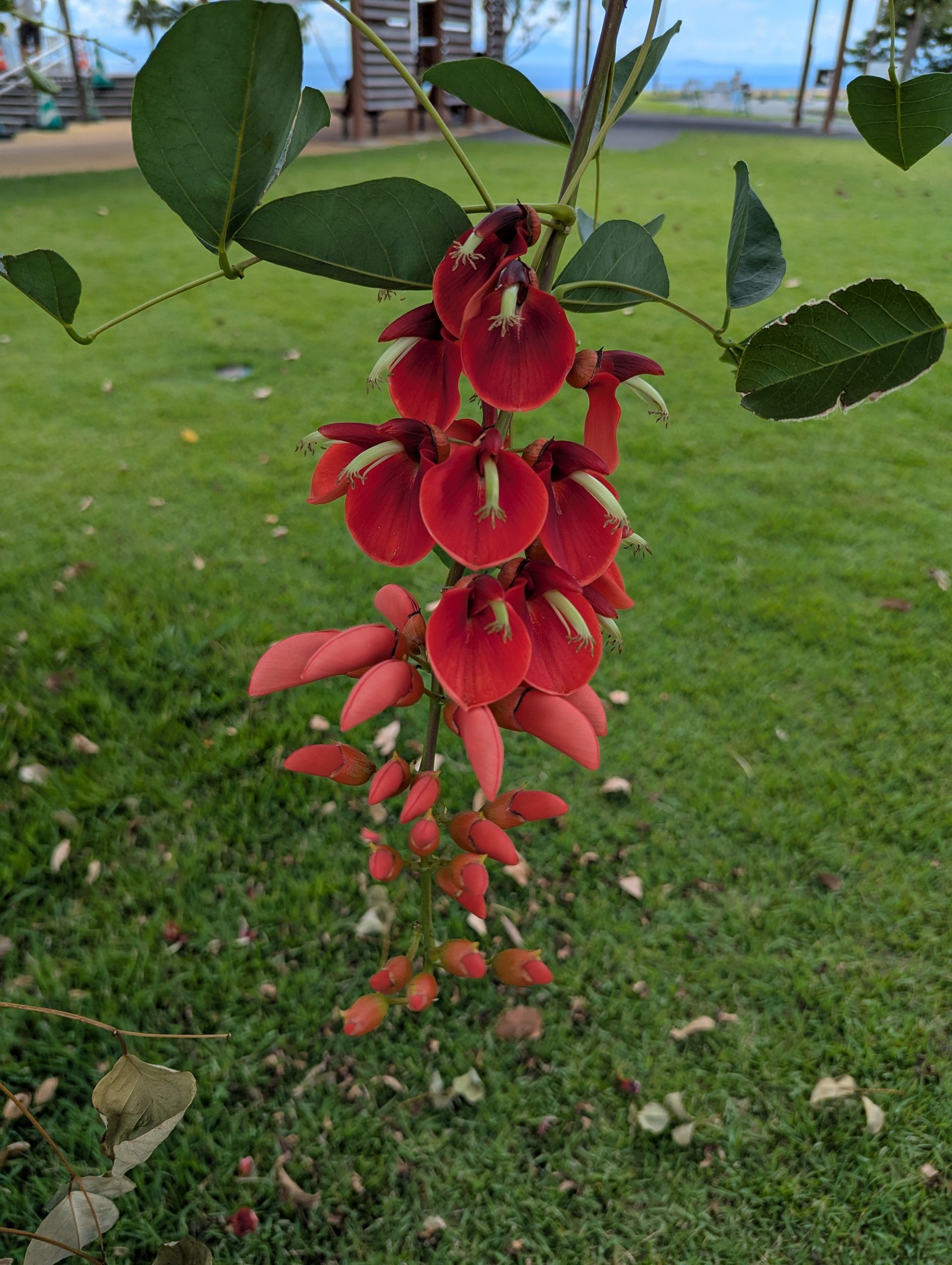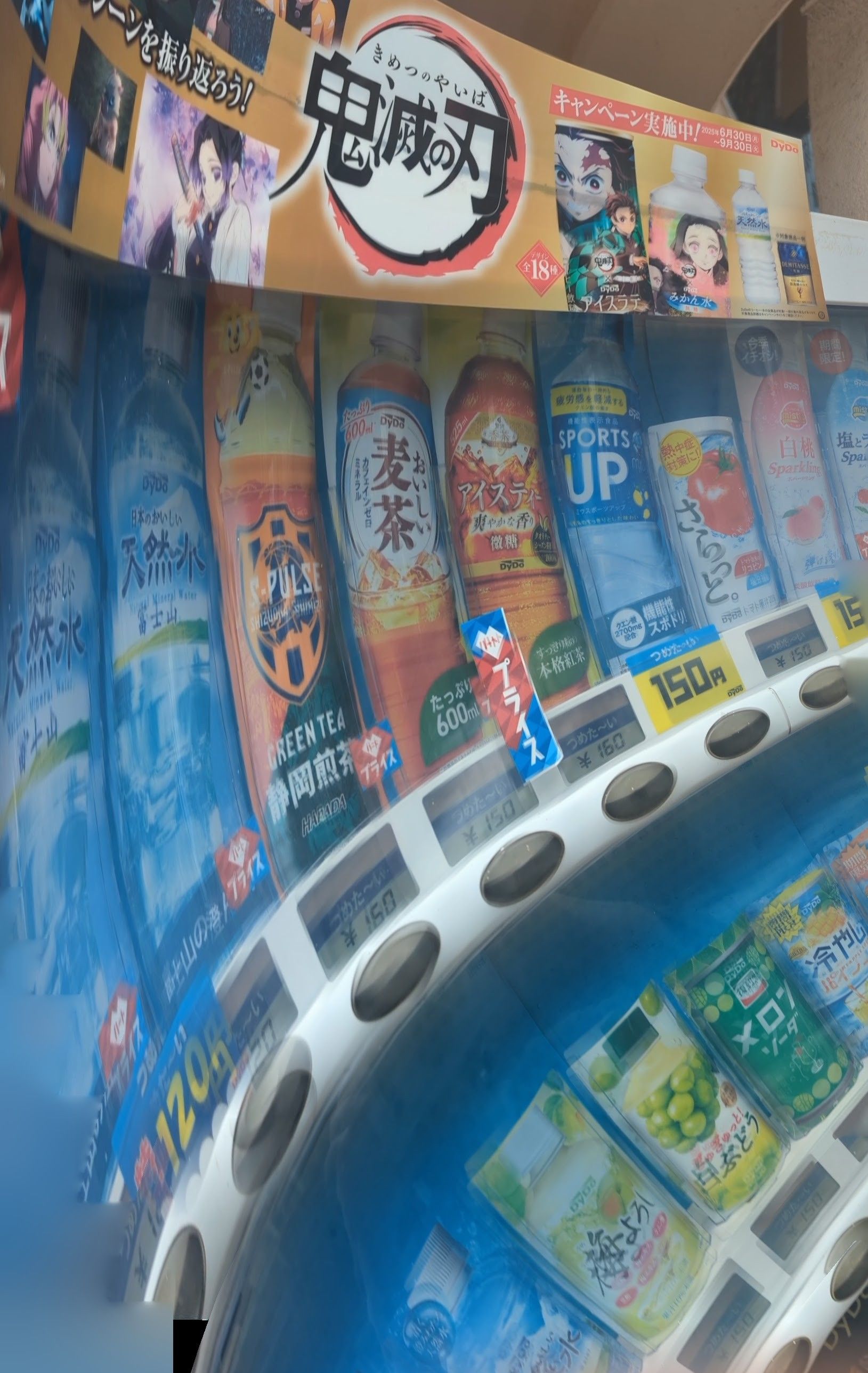For Bill
A part of each of us
has been withdrawn.
Pulled away
like the tucking under of a recoiling wave.
Things that made sense
in Bills presence,
now are not certain,
not so clear.
For awhile we are left
unsure, stranded.
We look about and wonder at the expanse…
were we trying for too much?
Bill, was like a magnet
passing over iron filings,
aligning our efforts.
He kept our “eyes on the prize.”
That biomass and renewable energy prize,
that would bring the beautiful future
for humanity, that would
save us all, save our earth and its
Beautiful Life.
Bill assured us that this was not too much to ask for.
And, he cautioned us not to stop working.
He would tell us when we could stop working!
We have only stumbled and broken rhythm
Thats all.
After all, he had talked us into being stronger,
than we thought we were-
more courageous, more tenacious, more creative, bolder,
smarter, while he was here.
He left us each
with a smooth stone of hope
in our pocket.
Yes, Bill took a bit of each of us with him.
But we won’t miss what he took
for his own comfort – that we gladly give.
He left us each in return, a glimpse
a glimpse of a shining future of lush diversity and peace,
where we wish everyone could live.
And clues about how to get there…
A future worth working toward together,
because we are stronger
because of Bill;
for Bill
April 2017
Susan Caumont
